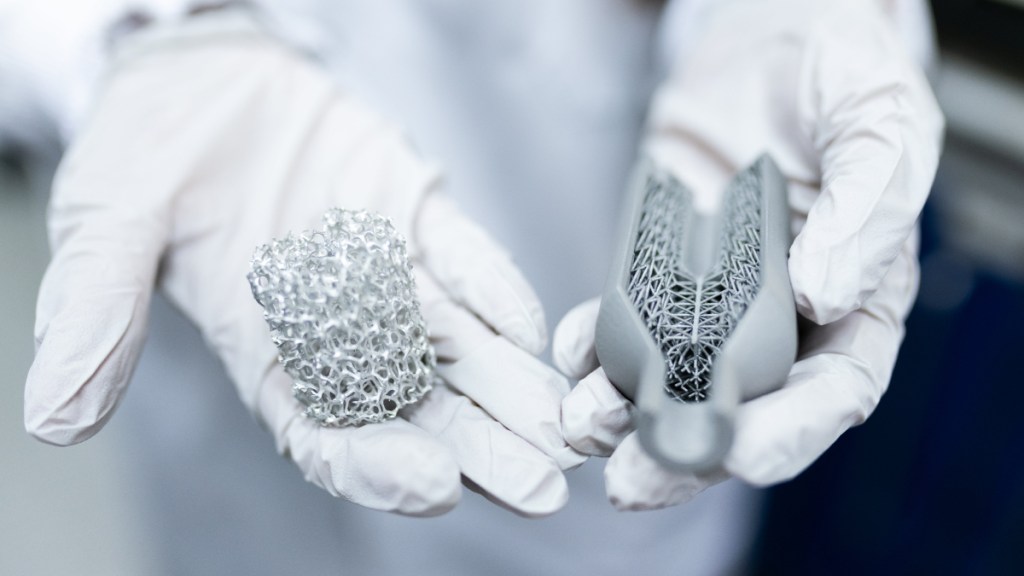Kolkata-headquartered Himadri Speciality Chemicals made its one of its most ambitious announcements of setting up what it claims will be India’s first commercial plant for manufacturing Lithium Iron Phosphate (LFP) Cathode Active Material (CAM) in Odisha in the next 27-36 months. The plant with an initial capacity to produce 40,000 MTPA will see an investment of around Rs 1,125 crore, which will then be scaled to a planned capacity of 200,000 MTPA seeing an overall investment of around Rs 4,800 crore.
The vast majority of the investment or 70-80 percent of the funding will be done internally, while the remaining 30-20 percent will be through debt. It is targeting to see an additional revenue of over Rs 20,000 crore through this business. This is not take into account any potential future special sops or incentives announced by the government.
Himadri Speciality Chemicals has set up a subsidiary Himadri Clean Energy, which will focus on its new green initiatives. The CAM will be manufactured by Himadri Future Material Technology, a step-down subsidiary under Himadri Clean Energy. The idea is to be able to unlock the future potential of these step-down subsidiaries.
In a select media interaction in Mumbai, Anurag Choudhary, CMD & CEO of Himadri Speciality Chemical revealed that the company had first started exploring the Anode material space way back in 2008, even before the topic of EVs was popular. The investment towards setting up CAM manufacturing is part of its future-proofing plan, wherein it eyes a significant play as a supplier to the Indian and global markets.
“We also had consultations with NITI Aayog on the inclusion of components for the PLI ACC scheme,” shares Choudhary. At present, the PLI ACC scheme focuses on providing incentives to companies that will manufacture lithium-ion cells in India. This means battery makers and OEMs will also start looking at sustainable sources for critical raw materials.
Himadri Future Material Technology is claimed to be the first company in India to manufacture CAM. The idea is to bank on its first-mover advantage. Then there is the ROCE (Return on Capital Employed). Choudhary says that compared to its core business (ROCE of 20%), on a conservative note, this will have over 25% ROCE.
Onboarding customers and LMFP
At present, the commercial manufacturing of lithium cells in India has not yet started, but with several companies in the fray the first locally manufactured cell could come out as soon as next year and by 2030 substantial manufacturing is expected to take place locally.
Himadri Future Material Technology is already in discussions with potential customers globally as well as in India. It has already received a good response to samples and is optimistic about getting qualified as a supplier to customers by the time the plant goes on stream.
“We are expecting to have at least 7-8 clients by the time the plant goes on stream. By the second phase we will be able to provide cost benefits to customers,” says Choudhary.
What’s more, the company has also started working on Lithium Manganese Iron Phosphate (LMFP) CAM, which is said to be slightly more expensive than LFP CAM but provides much higher energy density and is quite close to NMC chemistry.
Going forward, the company is already working on Anode and other key materials in the EV battery space. It may also look at creating separate verticals/subsidiaries that could focus on other parts such as Anode, BMS, etc.
Responding to the query on competition Choudhary states that the CAM is not just about being a CAPEX-heavy segment, the key learnings and developments take years. He said usually for any new vendor to qualify as a supplier in this space, it takes around 2-years on average, which could offer a substantial head start for the company’s bet.
What is CAM
The Cathode Active Material (CAM) in simple terms is the positive part of the battery which generates electrons when the battery is being charged and then sends it to the Anode. On the other hand, when the battery is discharged the Anode sends electrons back to Cathode.
CAM is critical to the energy transition and uses high-purity chemicals that define the output and application of different types of rechargeable lithium-ion batteries used both in energy storage and electric vehicle space. This material also plays a key role in determining the performance, efficiency, reliability, costs, durability and most importantly the size of the lithium-ion cell.



















